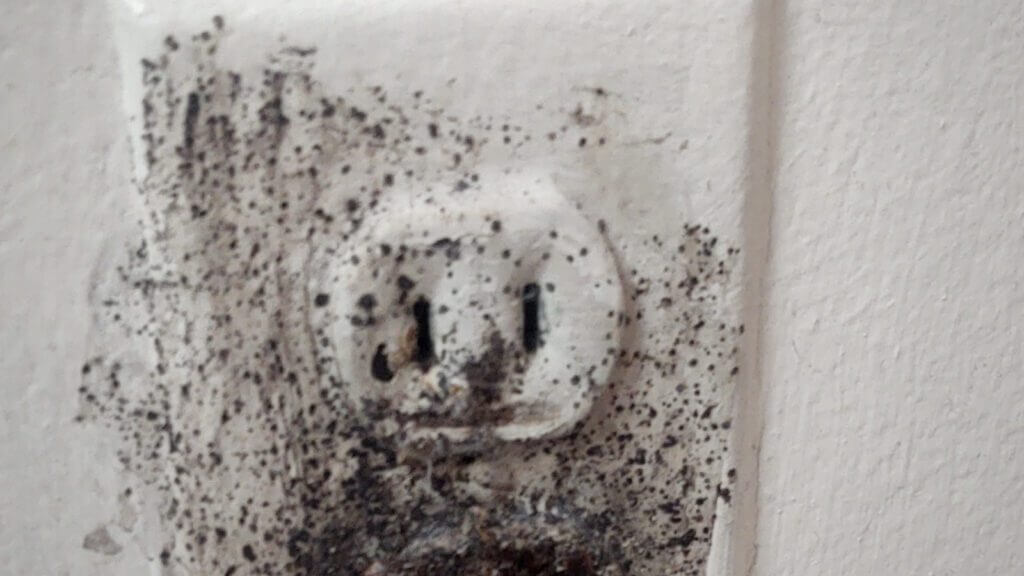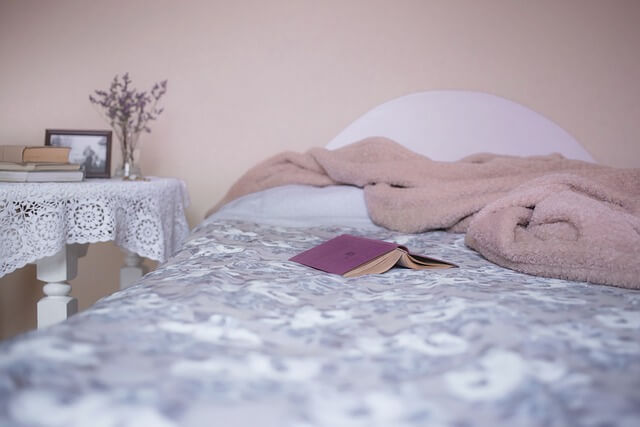Content Attributes
Bed bugs are particularly irritating pests because they feed on animal and human blood. They are tiny, oval, and almost unnoticeable insects that typically live in groups and like to hide in crevices and small spaces in people’s homes. From the list of common pests, bed bugs are probably the biggest nuisance. That’s why getting rid of them as soon as possible is crucial before they turn into an infestation. The trick and the first step to achieving that is to figure out where something so small and unnoticeable can hide. The locations below will help you narrow down the list of spots to search.
#1 Bed Frames and Headboard Cracks
This is one of the bed bugs’ primary hiding spots. Because they feed on human blood and are nocturnal in nature, it’s understandable why they hide in spaces around the bed, where people sleep. Besides that, they can also hide inside mattresses. You most likely won’t notice the bugs themselves, but the bite marks on your skin in the morning will indicate their presence.

Bed bug bites look like red bumps on your skin and can occur anywhere the skin has been exposed during your sleep. Many people don’t realize the bite marks are caused by bed bugs and attribute them to other sources, such as fleas and mosquitoes. Luckily, even though they are a nuisance, they aren’t known to transmit diseases. However, if you don’t deal with these pests promptly, you can develop an allergy to their saliva.
To minimize the chance of them settling in your home, keep your bed clean and check it periodically for blood stains and dark, rusty spots, which the bed bugs usually leave behind.
#2 Under Furnished Couches and Chairs
Bed bugs prefer dark and inconspicuous hiding places. The area under couches and chairs is a common spot. Besides that, many people like to buy second-hand or antique furniture, which increases the risk of bed bug infestation.
#3 Between Cushions
Another favorite hiding spot for bed bugs is between cushions, whether on a bed or an armchair. Since people use pillows all the time, even the briefest contact with an infested one is enough to spread the bed bug population to other areas of the house.
#4 Under Rugs and Carpets
If bed bugs clung to your clothing somewhere outdoors, when you get back home, they fall wherever they please. Typically, once they get through the front door, they hide in the first available spot, such as carpets and rugs.
#5 The Curtains
If you have thick curtains, keep in mind that they’re a perfect hiding spot for a colony of bed bugs. They are warm, cozy, and dark, providing them with the perfect nesting environment. Many people wouldn’t actually think to inspect curtains for pests.
#6 Electrical Receptacles and Appliances

It’s a lesser-known fact that bed bugs can hide pretty much anywhere, including electrical sockets and appliances. They often prefer to take refuge in equipment, such as radios or phones.
#7 Drawers Joints and Shelves
If you put worn clothes in your drawers or shelves, bed bugs won’t hesitate to infest the area. Drawer joints, in particular, are one of bed bugs’ favorite hiding spots. Besides that, they also like to hide under loose wallpaper and wall hangings.
#8 Neighbouring Apartments
If you are certain there are bed bugs somewhere, but you’re unable to locate them despite all your efforts, they’re likely hiding in an adjoining apartment. When an infestation is severe, these pests can travel through mechanical, electrical, and plumbing lines, searching for new food sources. In such a case, contact your landlord and ask if there have been any recent reports of bed bug infestations in your building.
Bed Bug Preventative Measures
If you have bed bugs, it’s best to identify their hiding spots early and be proactive, before they spread and turn into an infestation. Treating a minor infestation case is an inconvenience, but it’s far cheaper and easier to treat than a more widespread one.
If you suspect you might have a bed bug infestation, take the following precautions:
- Look for physical signs of bed bugs, such as bite marks on your skin, rusty and reddish stains on your bedding and mattress, eggs and egg shells, and a musty odor from the bed bugs’ scent glands or the insects themselves.
- Wash your bedding, curtains, and clothing in hot water, and dry them at the highest setting in the dryer. Place any non-washable fabric items in it as well, and run them on the highest setting for 30 minutes.
- Vacuum your bed and the surrounding area. After that, immediately seal the cleaner bag and dispose of it in the garbage container outdoors, so you don’t release the bed bugs back inside your home.
- Put your mattress and box springs in a tightly woven, zippered cover to keep the bedbugs from entering or exiting, and keep it on for around 1 year so the bed bugs can die. However, the best course of action in case of an infested mattress is to dispose of it and buy a new one.
- Repair any cracks in the exterior of your walls, and glue any wallpaper peeling to minimize the potential hiding spots for bed bugs.
- Get rid of any clutter around your bed.
Final Words
One of the most important parts of dealing with bed bugs is to know where to look for them and identify their presence. However, minor cases of infestations are more challenging to find and identify correctly. Other insects, such as carpet beetles, can easily be mistaken for bed bugs. This can give the bugs more time to spread to other areas of the house, and turn into a more severe problem if they’re not treated appropriately.
If you’re unable to locate the bed bug’s hiding spots, bed bug control experts might be able to help. They’ll inspect your house and discuss with you the best course of action to get rid of the bed bugs safely and effectively. Keep in mind that this may require more than one visit because these pests are difficult to exterminate and highly resistant to traditional pesticide treatments.



